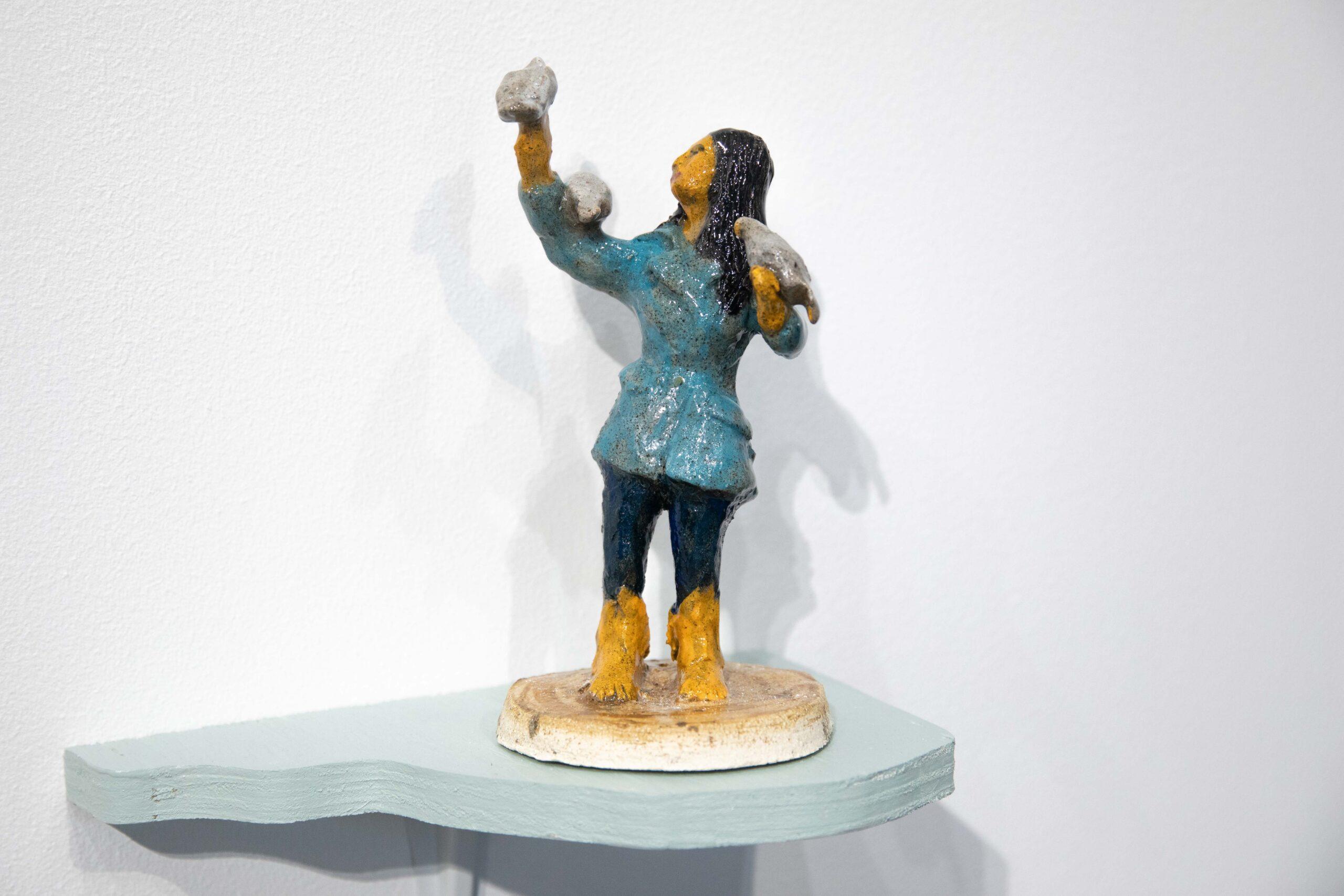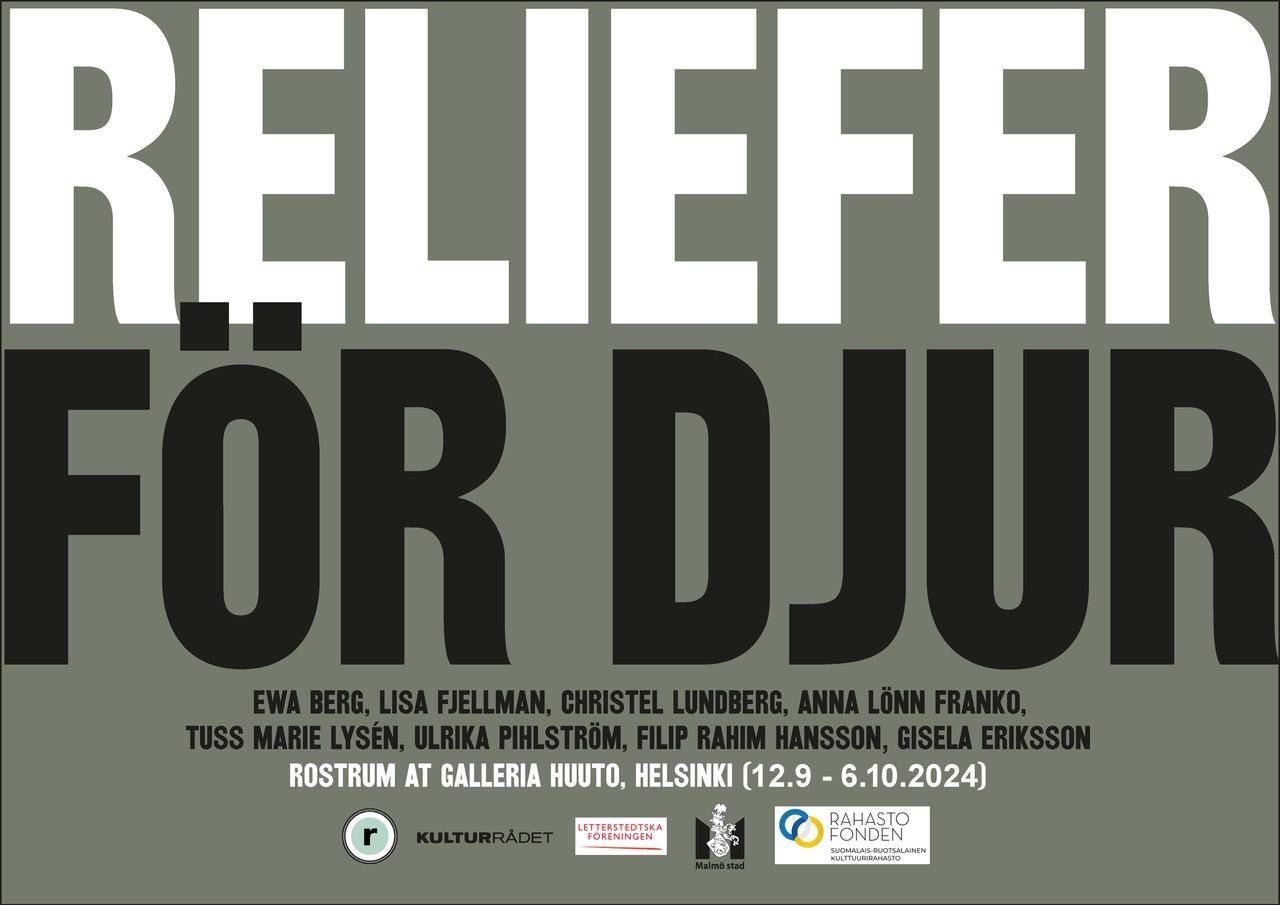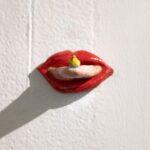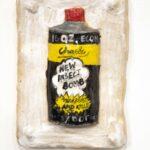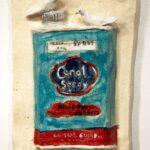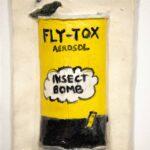Monument för duvor famnar flera aspekter; freden och den ekocentriska livssynen. Offentliga statyer i städer är ofta habitat och viloplatser för duvor, där flera är ryttarstatyer med teman kring krig och förintelse. Mänsklig frånvaro från platser kan ge djur och natur den frid som krävs för biotopisk mångfald. På platser som blivit otillgängliga för människor som gränsen mellan Nord- och Sydkorea och Tjernobyl, är djur och natur fredad. Trots miljömässiga hot är den antropocentriska synen på tillvaron förkastlig och direkt farlig.
Verket Monument för duvor tar avstamp i de i naturen dumpade behållare för DDT som under mitten av1900-talet lanserades som ett ofarligt sätt att döda insekter och att hålla naturen ren och städad, ett förhållningssätt som senare visat sig vara ett hot mot förutsättningen för allt levande. DDT har ersatts av andra insecticider, av Rachel Carson kallade biocider, lika farliga och förrädiska som DDT. Marknadsföringen av giften görs med grafisk formgivning i skämtsamma tongångar, för att betona innehållets ofarlighet. I verket återtar djuren naturen och använder de dumpade behållarna som boplatser. De stannar upp på dem och signalerar om fred och eftertanke som världen är i stort behov av.
English version:
Monuments for pigeons embrace several aspects; peace and the ecocentric view of life. Public monuments in cities are often habitats and resting places for pigeons, with several being equestrian statues within themes of war and holocaust. Human absence from places can give animals and nature the peace required for biotope diversity. In places that have become inaccessible to people, such as the border between North and South Korea and Chernobyl, animals and nature are protected. Despite environmental threats, the anthropocentric view of existence is reprehensible and downright dangerous.
Monument for pigeons originates from the containers for DDT dumped in nature, which in the middle of the 20th century were launched as a harmless way to kill insects and to keep nature clean and tidy, an approach that later proved to be a threat to the condition of all living things . DDT has been replaced by other insecticides, called biocides by Rachel Carson, just as dangerous and treacherous as DDT. The marketing of the poison is done with graphic design in joking tones, to emphasize the harmlessness of the content. Monument for pigeons reclaim the nature and use the dumped DDT-containers as places to live. They signal peace and reflection that the world is in dire need of.
Monuments for pigeons is part of the larger project Subtopian landscape. Subtopian landscape is an art project that has been part of my artistic practice since 2019, to discuss environment, biocides and dumps with, in terms of the a radical distinction between an anthropocentric vs. an ecocentric perspective.
